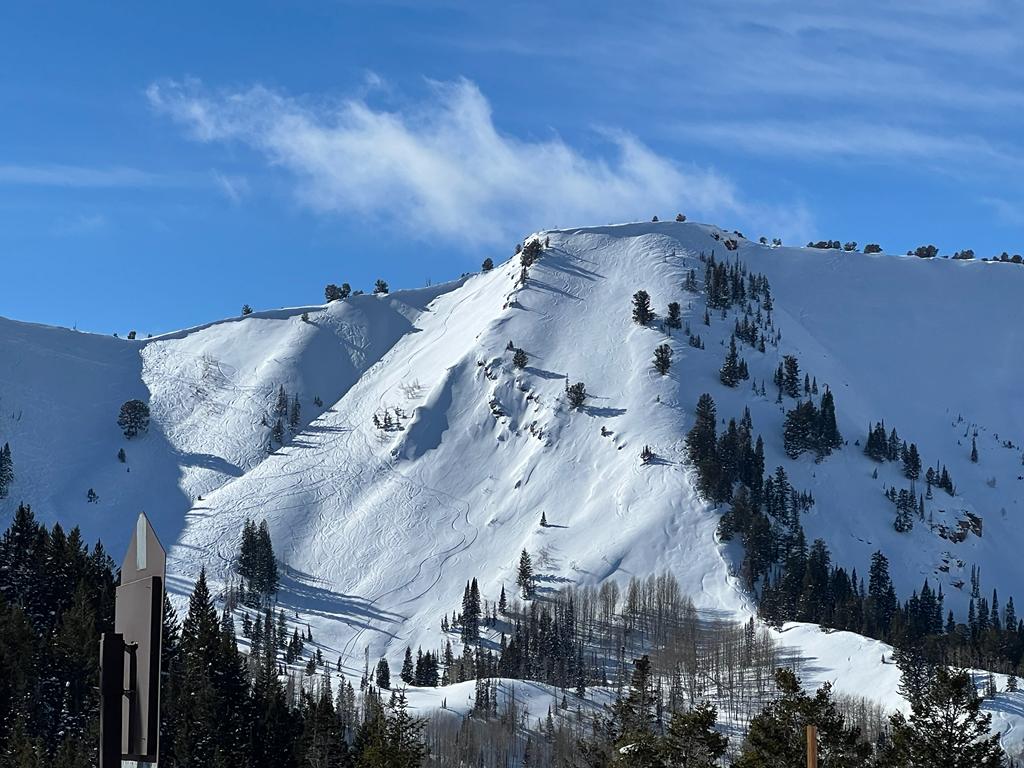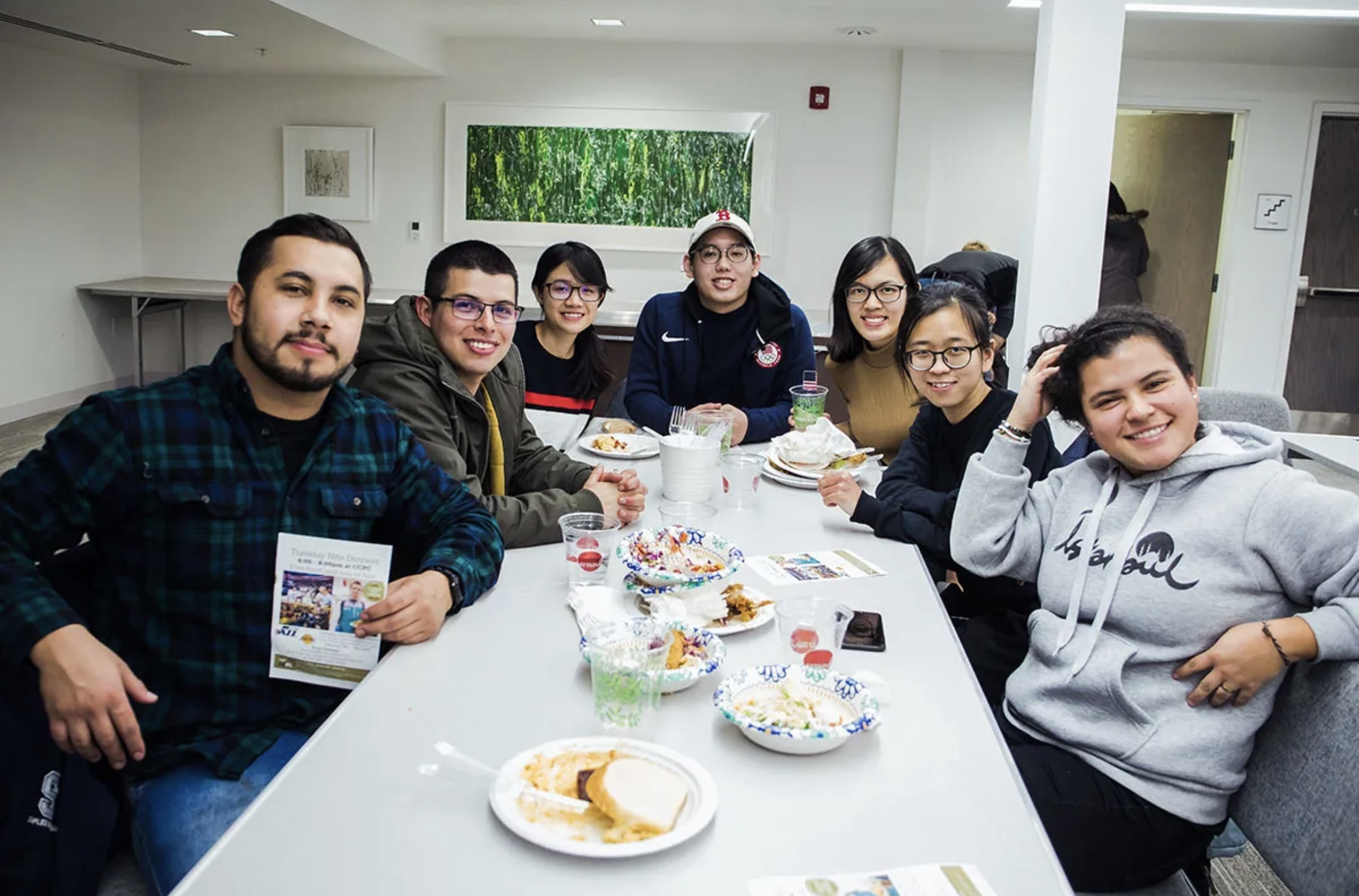
The housing shortage in ski resorts is nothing new, but the Salt Lake Tribune highlighted in an article by Julie Jag just how dire the situation is in Park City. The journalist reported for the local newspaper on 12 Argentinian seasonal workers who were sharing a one-bedroom unit at The Lodge at Mountain Village, situated at the base of the Park City Ski Resort. They each pay $1,000 a month in rent for their share of the 1,062-square-foot home, or a total of $12,000 for the small unit.
The 12 Argentinians are college students who are in the US on a J-1 Visa — the so-called ‘Work and Travel Visa’ — which allows foreign students to live and work in the US during their summer vacation from college or university. It is meant as a cultural exchange and allows for stays of between 1-3 months. One of the Argentinian youngsters jokes “It’s more like Work and Trouble.” None of the young men wanted to be named for fear of losing their lodging. They have tried to make the most of the situation by drawing up a roster on who gets to sleep in which ‘bed’ which week and whose turn it is to sit on one of the four chairs or use one of the four forks. The scenario would be laughable if it wasn’t so depressing and their story is just one of many.
There are currently 470 ski resort jobs listed in Park City — an indication of the labor shortage in the ski resorts since it is mid-season — but a quick look across the range shows, that these jobs all pay only about $20-22 an hour. With $1,000 a month just for rent, that does indeed not leave a lot of room for travel or other fun. You would just be making ends meet at this rate.
Park City employs thousands of seasonal workers every year. About one in six of these seasonal workers comes from outside the US. Critics are voicing concerns about the lack of support for especially these foreign workers, who may not be familiar with the legal situation and whose English may not be strong enough to understand rental contracts. They highlight that it should be the resort’s responsibility to house their workers or at least provide them assistance with finding adequately priced accommodation. The problem is of course that not everyone works ‘for’ the ski resort but rather ‘in’ the ski resort, so would not be eligible for staff quarters organized by Park City Ski Resort.
The problem is not new but appears to be getting increasingly worse. In 2019 The International Student Housing Task Force was formed by the Christian Center in Park City to protect these temporary workers from getting scammed. The task force found that the foreigners get marginalized because they are unfamiliar with the laws and are taken advantage of, especially since they are here for a short period of time and will often not bother complaining for that reason.

While the community-led task forces are laudable, the initiative needs to be taken up on a county level in order to make an impact. Ski resorts cannot operate without seasonal workers and it should be in their interest to provide adequate and affordable housing to their workers. However, the resorts cannot do so without the support of the county as well as long-term residents and homeowners. A large part of the problem in Park City is that while there are plenty of properties, 70% of these properties are unoccupied for the majority of the year as they are holiday homes. An area known as ‘The Colony’ at White Pine Canyon is home to what locals call the 10/10/10 homes: they cost (at least) 10 million, have 10,000 square feet, and are used for 10 days of the year.

A solution could be a cap on permits for second homes or a tax levy on second homeowners who do not rent out their property, which goes towards subsidized housing for local seasonal or permanent workers. Some resorts have experimented with pod homes, trailers, or RVs as temporary homes for their staff but increasingly grounds for those are being sold in favor of more up-market developments.
Either way, an innovative solution needs to be found that shakes up the existing property situation from its slumber. The problem has persisted for more than 30 years. The Mountainlands Community Housing Trust was founded back in 1993 to support affordable housing for local working families, and if anything things have only gotten worse in Park City. It is high time for change in America’s Ski Resorts and creative, long-term solutions rather than bandaids on an ever more gaping issue.

15 minutes to SLC from Park city, highly unrealistic. 45-60 minute drive on a sunny day with no traffic, and if it snows, that goes up significantly. Renting a car for several months, getting insurance for that car as a foreigner and then driving in inclement weather. It’s not that great of an option when you think it out.
I work on a ski resort in Park city. This story is complete fiction. Yes staying at a luxury rental in Park city during ski season might be expensive. However a short 15 minute drive to Salt Lake should cut those costs substantially down. And only four forks???
They can afford $1,000 a month each, but not a fork at the local Walmart for $1 ?.
Only $1000?
I found much bigger places listed for way cheaper than that. Something doesn’t add up in this article.
Who exactly is exploiting them? Is it the evil oligarchs at Vail? Is it the fault of us PC homeowners for not taking a rental loss on wildly overpriced homes? Perhaps it’s the single-party City and County Government who talk and form committees (stacked with spouses and cronies) who talk, study and have little impact. Are these poor J-1’s so oppressed and uneducated that they can’t research the issue before moving to another continent? Why is it that the same people tasked with managing this challenge have spun their wheels for decades? Yet the same folks live in town and prosper.
Welcome to America
Pure exploitation! I’m sure when they sign up for these opportunities back home, these details are omitted. A quick goolgle shows 7,000 short term rental properties in Park City. There is not a housing crisis but an exploitation crisis.